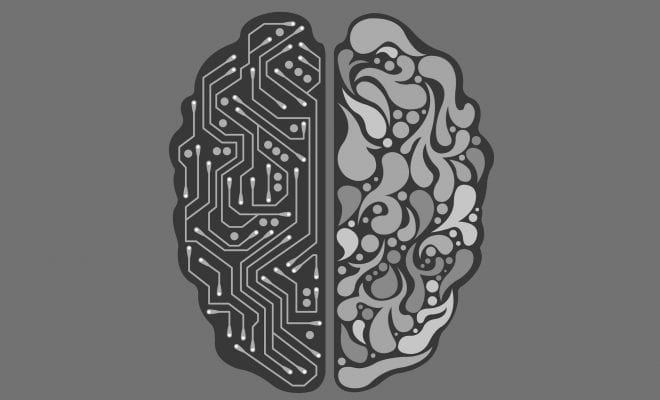
Lifestyle
How-to Spot a Deepfake Video on the Internet
Deepface videos are the newest menace spreading across the internet, capable of spreading misinformation throughout online communities. These ultra-realistic videos utilize deep learning artificial intelligence capable of impersonating practically anyone. While some have been used for entertainment, other deepfakes have been used for nefarious purposes.
As the 2020 presidential election approaches, there is high potential for deepfakes to be used to edit videos to spread political misinformation. Deepfakes have become so sophisticated, it can be hard to tell if what we’re seeing is the real thing. Last year, filmmaker Jordan Peele used the technology to depict Barack Obama going on to describe the dangerous possibilities deepfake pose to the general public.
The creation of deepfakes requires sophisticated algorithms, so not all of them are created equal. However, it is important to understand what to look for to avoid being fooled. Here are the visual signs to look for that indicate a manipulated video.
- Look for individual hairs, frizz, or flyaways – the hairdo of a subject in a deepfake can often be a dead giveaway. In a real video, individual hairs would not be visible, and manipulated videos will often have trouble generating realistic hair.
- Check to see if the teeth can be seen individually – like hair, deepfakes have trouble differentiating the detail between individual teeth. In a doctored video, teeth will often appear as a white slab absent of much detail
- Watch the eyes – a real person will often blink and make rapid eye movements while talking. One of the biggest challenges deepfakes face is creating realistic looking eyes accompanied by movement. Another thing to look for is the lack of blinking in a video, which can be another giveaway that the video is doctored.
- Check for badly synced sound and audio – if a person’s speech is not perfectly matching up with the videos audio, then there’s a good chance that the video has been doctored. A good way to check for this is to closely watch the movements of the subject lips and try and match it up with the audio.
- Check for blurriness – if a video has blurriness around where the face meets the neck and hair, there’s a good chance it has been doctored.
By following these steps, you can ensure you are equipped with the knowledge to spot any deepfakes you come across on the internet. In the age where misinformation and fake news run rampant, it’s always a good idea to prepare yourself with the necessary tools to cut through the deceit.


2 Comments